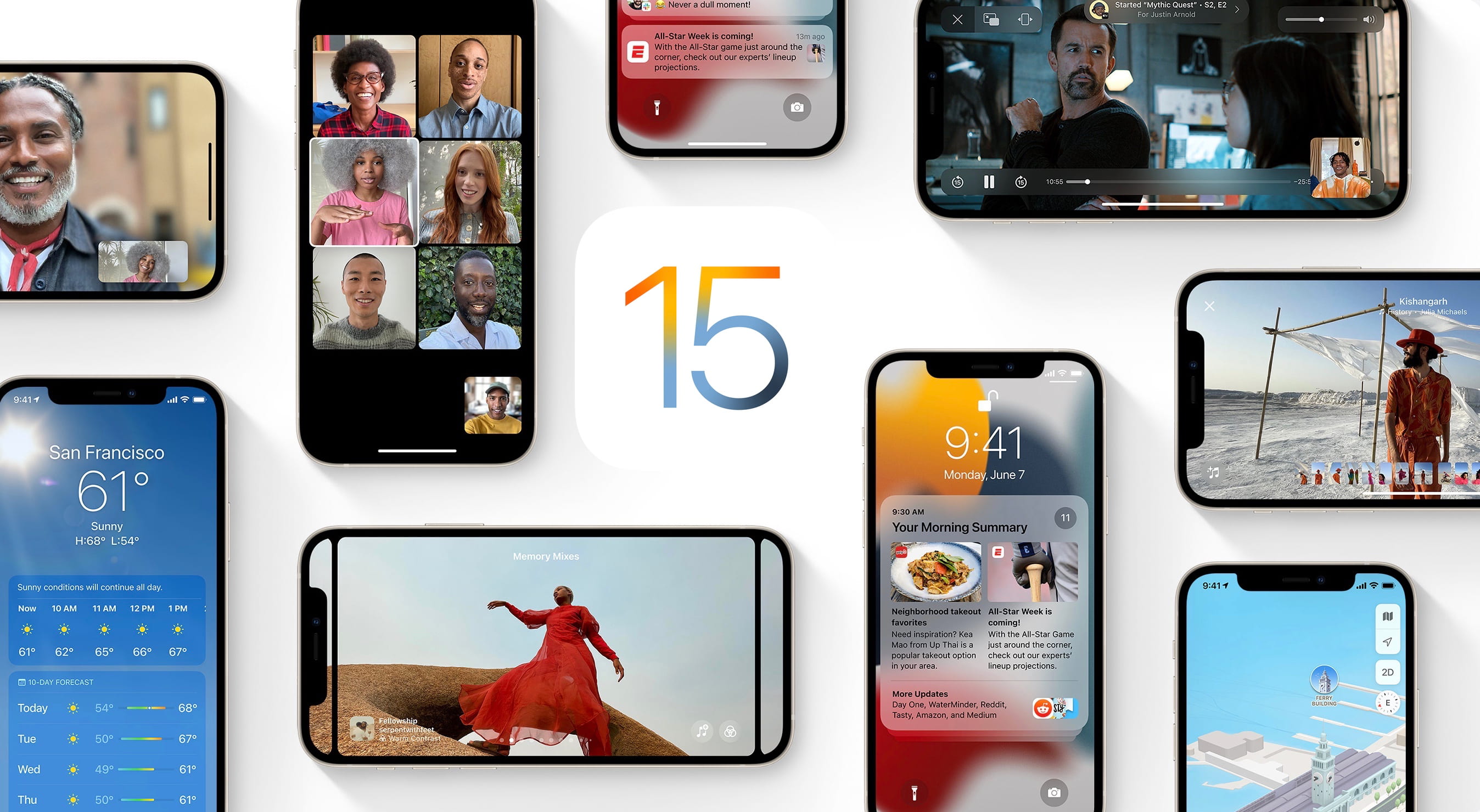Apple is no longer allowing people who are on iOS 14 to skip the latest iOS 15 update, a possible reaction to the company’s own numbers showing the number of devices in the wild running iOS 15 lags behind the iOS 14 adoption rate at this point after release.

- According to Apple’s own fresh statistics, the adoption rates for the latest iOS 15 and iPadOS 15 updates are down versus the previous iOS 14 and iPadOS 14 updates
- This is most likely due to a new feature in iOS 15 that lets those on previous versions continue receiving the latest security updates without having to install iOS 15
- Seeing those numbers, Apple seems to have changed its mind because the company is now pushing those still on iOS 14 to update to iOS 15 by removing the option to only install iOS 14 security updates
Apple publishes iOS 15 and iPadOS 15 adoption rates
According to the latest numbers found on the Apple Developers website, the iOS 15 and iPadOS 15 software updates are seeing notably lower adoption rates than their iOS 14 and iPadOS 14 counterparts had at this specific point after release.
iOS 15 is currently powering 72% of compatible iPhones released in the last four years. By comparison, iOS 14 was found on 81% of compatible devices released in the four years prior (72% of iPhones regardless of their release date). And iOS 13, which also saw a slow adoption rate, was powering 77 percent of devices by the end of January 2020.
Meanwhile, iPadOS 15 is now powering 57% of Apple tablets released since 2018. The software updates were released on September 20, 2021, four months since we wrote this.
Apple provides two different sets of numbers because not all devices in the wild meet the hardware requirements to run Apple’s latest software. The first group tracks adoption rates among devices that were released in the last four years while the other one includes all devices in the wild regardless of the release date. We’ve included relevant adoption rate numbers for both iOS 14 and iOS 15 right ahead.
iOS 15 adoption: Devices released since 2018
- iOS 15: 72%
- iOS 14: 26%
- Earlier: 2%
iOS 15 adoption: All devices
- iOS 15: 63%
- iOS 14: 30%
- Earlier: 7%
iPadOS 15 adoption: Devices released since 2018
- iPadOS 15: 57%
- iPadOS 14: 39%
- Earlier: 4%
iPadOS 15 adoption: All devices
- iPadOS 15: 49%
- iPadOS 14: 37%
- Earlier: 14%
Three factors have contributed to lower adoption rates for iOS 15 and iPadOS 15.
Why is Apple seeing lower iOS 15 adoption rates?
For starters, Apple’s efforts to implement new child safety features in iOS 15 that would detect child sexual abuse material (CSAM) before kids could see it has backfired. Poor communication around the CSAM-detection feature, coupled with the fact that Apple has used privacy as a marketing tool, has created a PR problem for the company. And as it slowly but surely began to snowball, Apple has made the decision to delay (not cancel though) the feature whilst scrubbing it from its website and support documents.
Also, iOS 15 launched with several major features missing such has SharePlay, Universal Control and Digital Legacy. Some of the missing features, like SharePlay, have since been delivered in subsequent iOS 15 releases. On top of that, you have features like iCloud Private Relay that remain in beta. It doesn’t take a rocket scientist to figure out that some people held out updating to iOS 15.0 because it lacked enough major new features.
The most likely reason for the notably slower adoption rates for iOS 15 versus those for iOS 14: Apple no longer separates security updates from main iOS updates on the Software Update screen, as detailed in a post on GitHub.
OS 15.0 brought you a choice between two software update versions in the Settings app. People had a choice: Either they could install iOS 15 updates to get the latest features and most complete set of security updates or skip the update while continuing to receive important security fixes. Read: How to download iOS updates over cellular
Before iOS 15, you couldn’t choose to stay on an earlier iOS version and only get important security updates. With that in mind, however, it would seem that Apple might have reversed that policy because the company has stopped delivering iOS 14 security updates—iOS 15 is now the only option for those still on iOS 14.
It appears that iOS 15.2 brought this change in the Software Update mechanism.